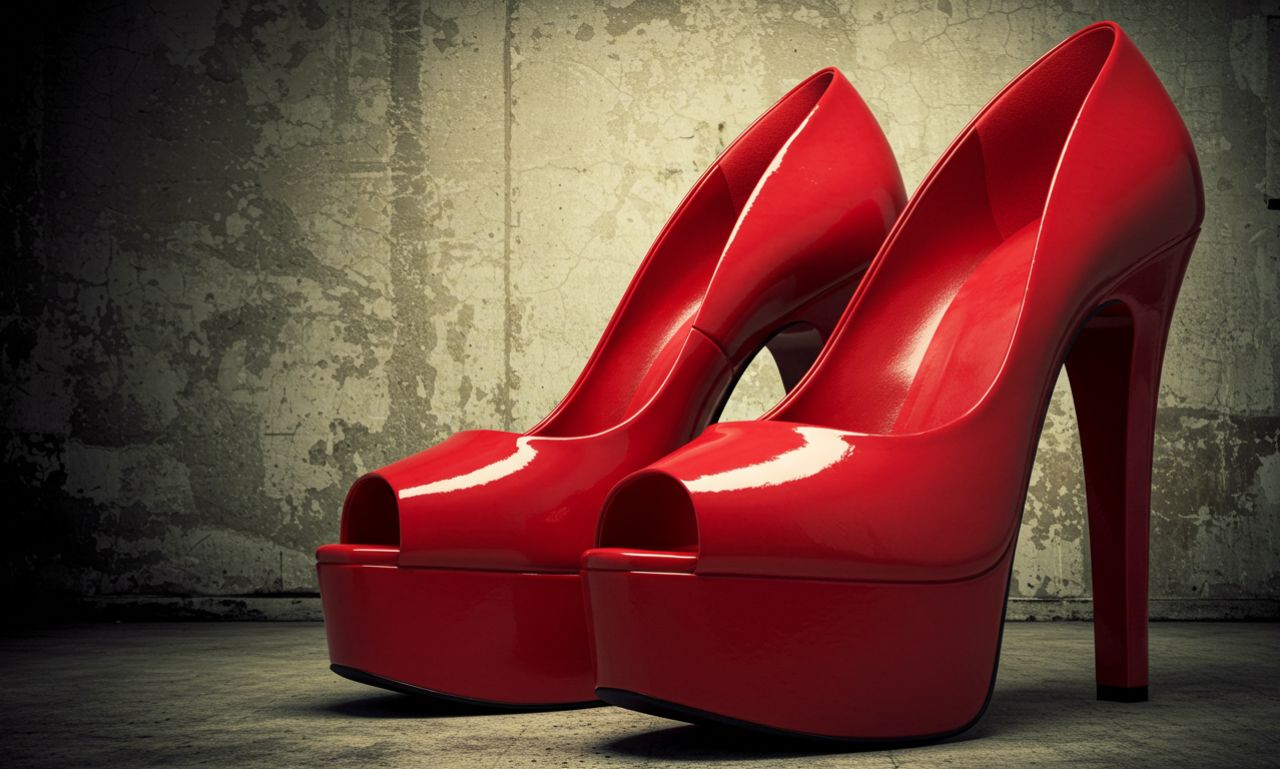Shoes are more than functional items; they are powerful symbols of identity, creativity, and culture. Among all footwear, Big Red Shoes stand out as one of the most recognizable and symbolic types. From entertainment icons to fashion runways, Red Shoes have carved out a unique place in society.
This article explores the meaning, history, cultural relevance, and future of Red Shoes—and why they continue to fascinate people across the globe.
What Are Big Red Shoes?
At their simplest, Red Shoes are oversized footwear, usually bright red in color, that command attention. Depending on context, they may represent:
-
Performance costumes used by clowns and entertainers.
-
Fashion statements worn in bold and artistic outfits.
-
Symbolic props in movies, literature, and advertising.
-
Cultural metaphors representing individuality, creativity, or even humor.
The striking combination of exaggerated size and vibrant color ensures that Red Shoes are noticed immediately.
History
The popularity of Red Shoes can be traced back to performance art and entertainment.
In Clown Culture
Red Shoes became iconic through clown costumes, where performers used them to exaggerate movement and enhance comedic effect. Their oversized appearance created humor while their bold color attracted attention in large venues like circuses.
In Fashion
By the late 20th century, designers began incorporating Red Shoes into high fashion, turning them into bold runway statements. Oversized footwear became a symbol of creativity and rebellion against conventional style.
In Media and Pop Culture
Characters in animation, theater, and advertising often wore Red Shoes, reinforcing their status as cultural icons.
Symbolism of Big Red Shoes
The symbolism of Red Shoes varies by context, but some common themes include:
-
Joy and humor – linked to clowning and performance.
-
Boldness and individuality – making a statement in fashion.
-
Innocence and imagination – seen in children’s stories and media.
-
Rebellion and creativity – challenging traditional fashion rules.
Big Red Shoes in Entertainment
Clowns and Performers
Perhaps the most famous association of Red Shoe is with clowns. The oversized shoes became essential to their costumes, symbolizing humor and exaggeration.
Movies and Animation
In films and animated series, Red Shoe often identify quirky or playful characters. They act as visual shorthand for humor or eccentricity.
Music and Stage
Artists and performers sometimes wear Red Shoe on stage to create memorable and flamboyant appearances.
Big Red Shoes in Fashion
Fashion designers often use Red Shoe to push creative boundaries. On the runway, they may appear as:
-
Oversized boots with bold red coloring.
-
High-fashion sneakers designed to make a statement.
-
Conceptual footwear blending art and functionality.
Streetwear has also adopted Red Shoe, with influencers using them to capture attention and express individuality.
Cultural Impact
Childhood and Nostalgia
For many, Red Shoe evoke childhood memories of circus visits, cartoon characters, or playful imagery.
Social Commentary
Red Shoe have also been used metaphorically in literature and art, symbolizing the contrast between appearance and practicality.
Marketing and Branding
Some global brands have used Red Shoe in mascots and advertisements, leveraging their humor and memorability.
Advantages
-
Visual Appeal – Instantly eye-catching due to size and color.
-
Cultural Recognition – Associated with entertainment and fun.
-
Fashion Value – Offers boldness and individuality.
-
Symbolism – Represents joy, rebellion, or creativity.
Challenges
While iconic, Red Shoe are not without drawbacks:
-
Practicality – Oversized design can make them uncomfortable.
-
Stereotypes – Often linked only to clowns, limiting broader acceptance.
-
Context Dependency – May not always fit into everyday fashion.
-
Misinterpretation – Can be seen as humorous when intended as serious art.
Case Study
One famous example of Red Shoe in popular culture is their association with fast-food mascots. The shoes became an essential part of the character’s identity, symbolizing friendliness, humor, and approachability.
This case demonstrates how Red Shoe move beyond footwear—they become cultural symbols with marketing power.
Expert Views on Big Red Shoes
Fashion experts describe Red Shoe as a statement piece that represents creativity and rebellion. Cultural critics see them as powerful symbols of humor and nostalgia. Psychologists even note their impact on emotions, as the bright color red and exaggerated form often evoke joy and amusement.
The Future of Big Red Shoes
As fashion continues to evolve, Red Shoe may see renewed popularity. Possible future roles include:
-
High-fashion reinterpretations – Oversized designer sneakers and boots.
-
Digital fashion – Virtual avatars wearing bold red footwear.
-
Cultural symbolism – Continued use in art, literature, and marketing.
With their combination of nostalgia, humor, and boldness, Red Shoe are unlikely to fade anytime soon.
How to Style Big Red Shoes
-
Balance boldness – Pair with neutral colors to let the shoes stand out.
-
Use as statement pieces – Keep the outfit simple so the footwear is the focus.
-
Blend with streetwear – Combine with oversized clothing for a modern look.
-
Embrace creativity – Don’t be afraid to wear them in artistic or experimental ways.
Conclusion
Red Shoe are more than oversized footwear—they are cultural icons, fashion statements, and symbols of creativity. From clowns and performers to fashion runways and advertising campaigns, they hold a unique place in entertainment and style.
While they may face challenges of practicality and stereotypes, their power as symbols of joy, individuality, and boldness is undeniable.
In a world where fashion and culture celebrate uniqueness, Red Shoe continue to walk proudly into the spotlight—one oversized step .

